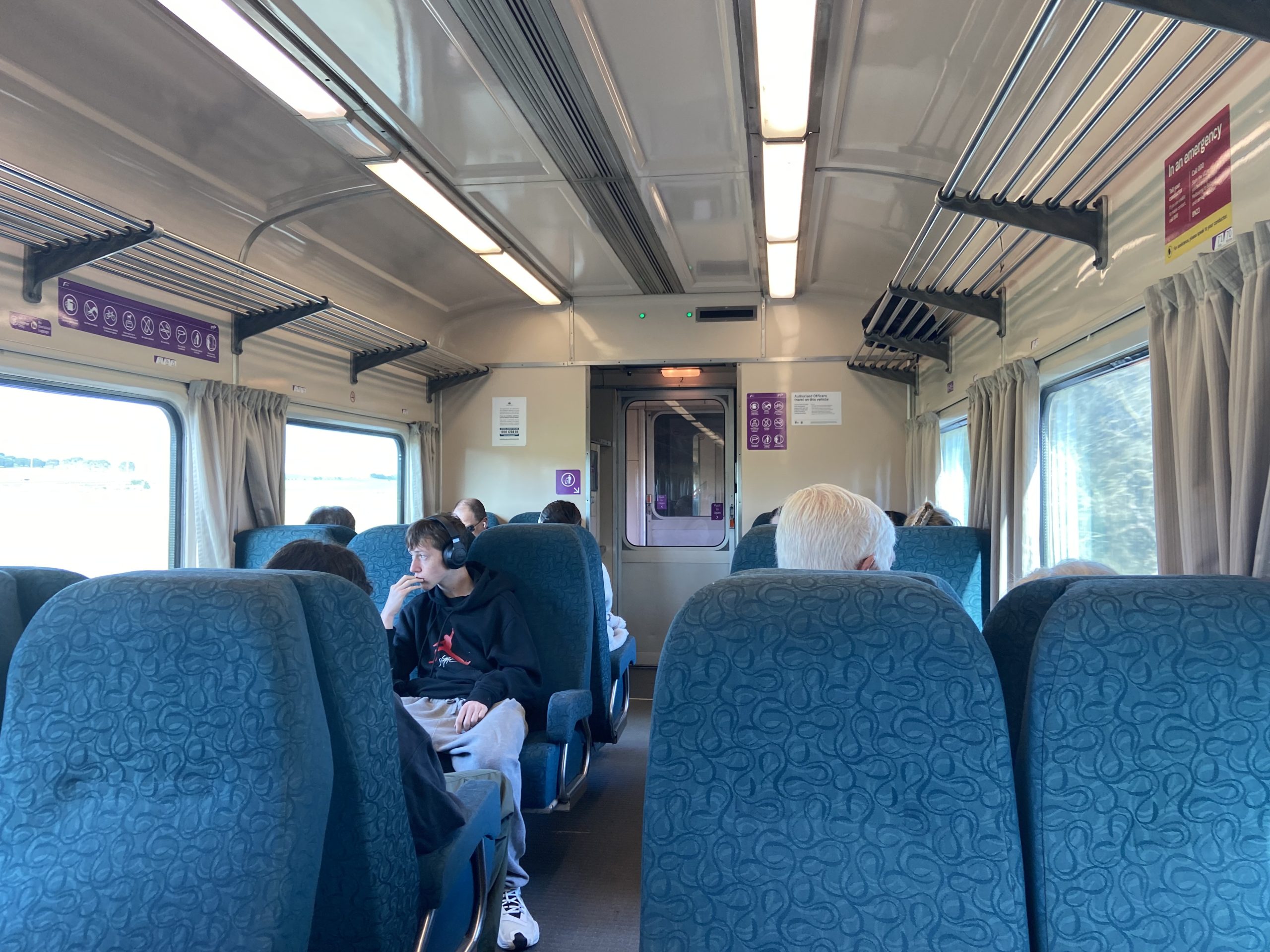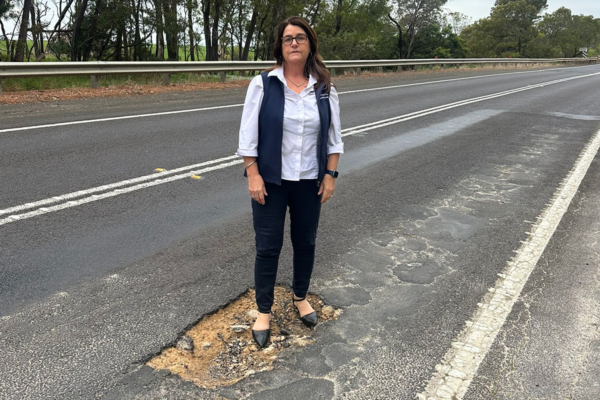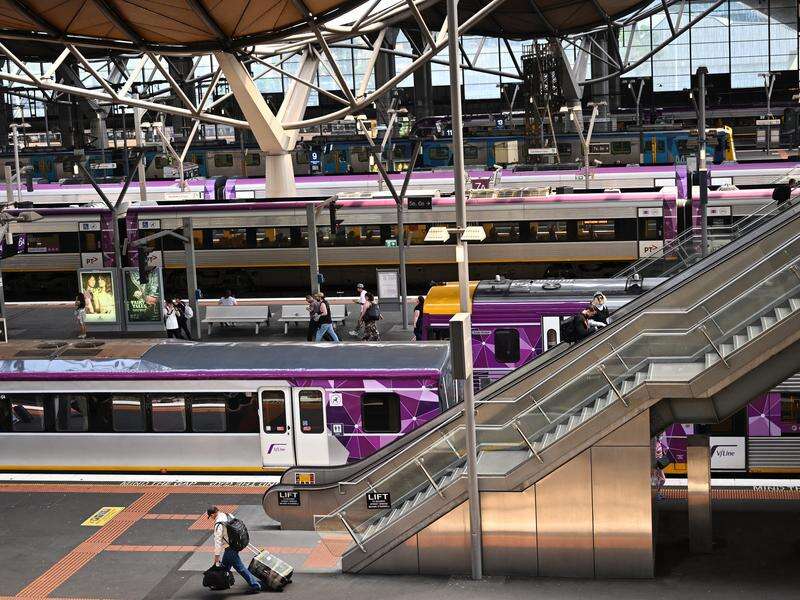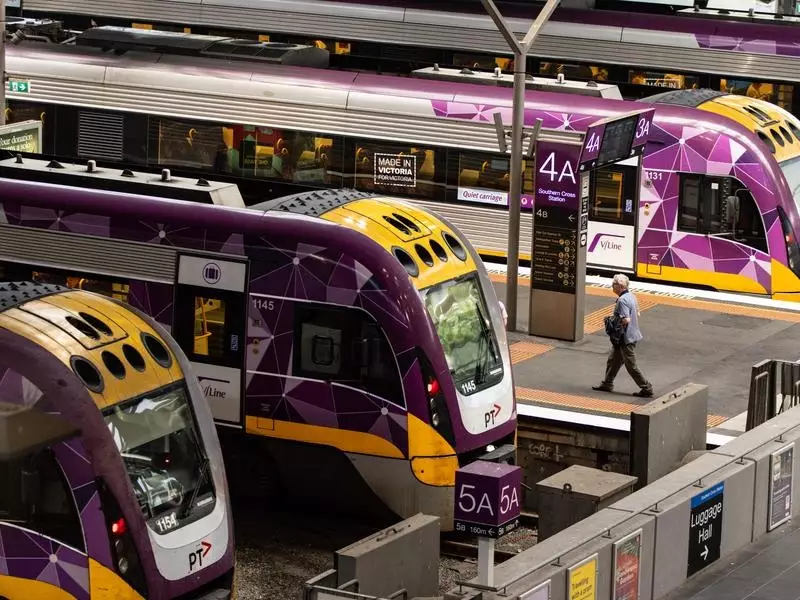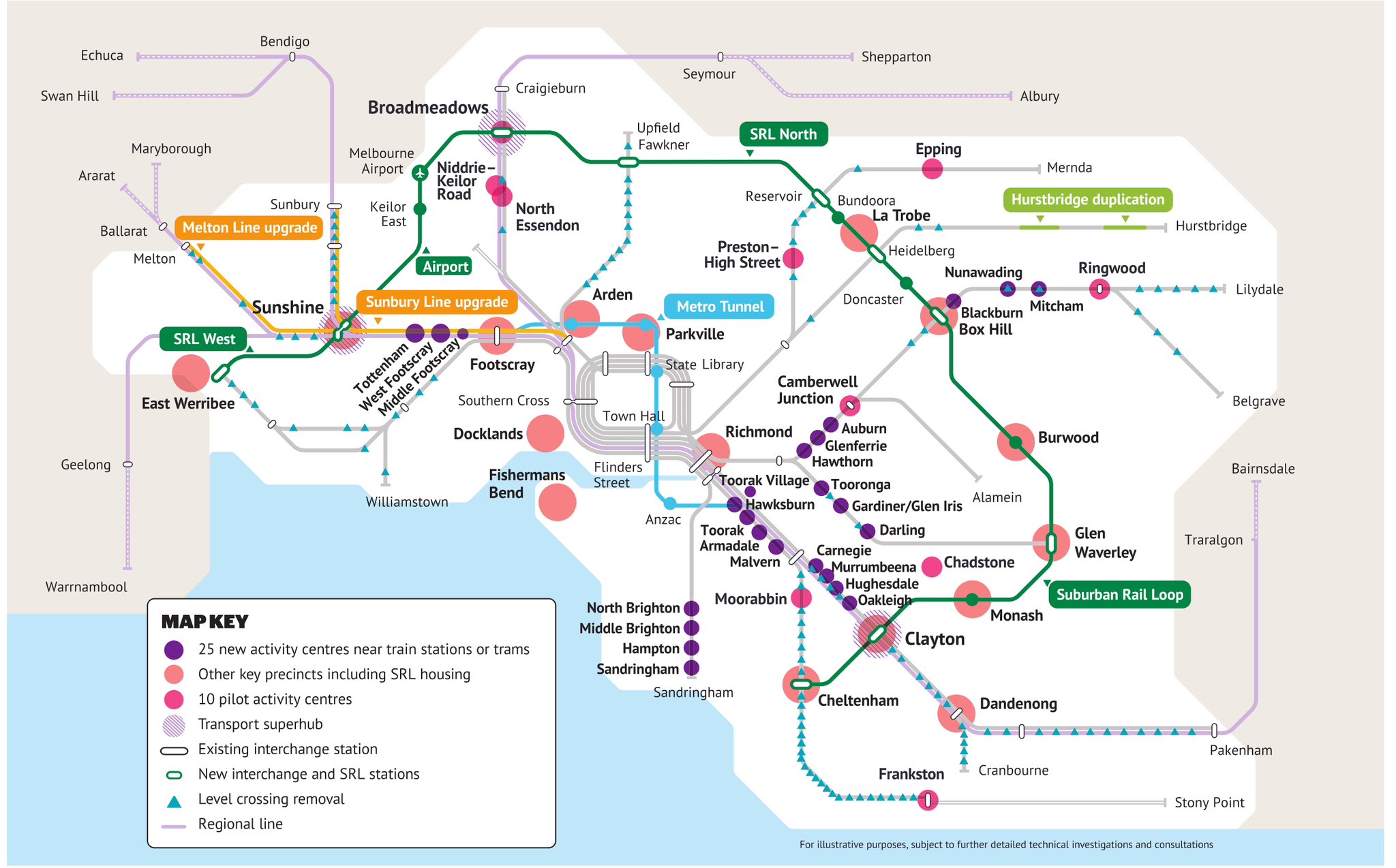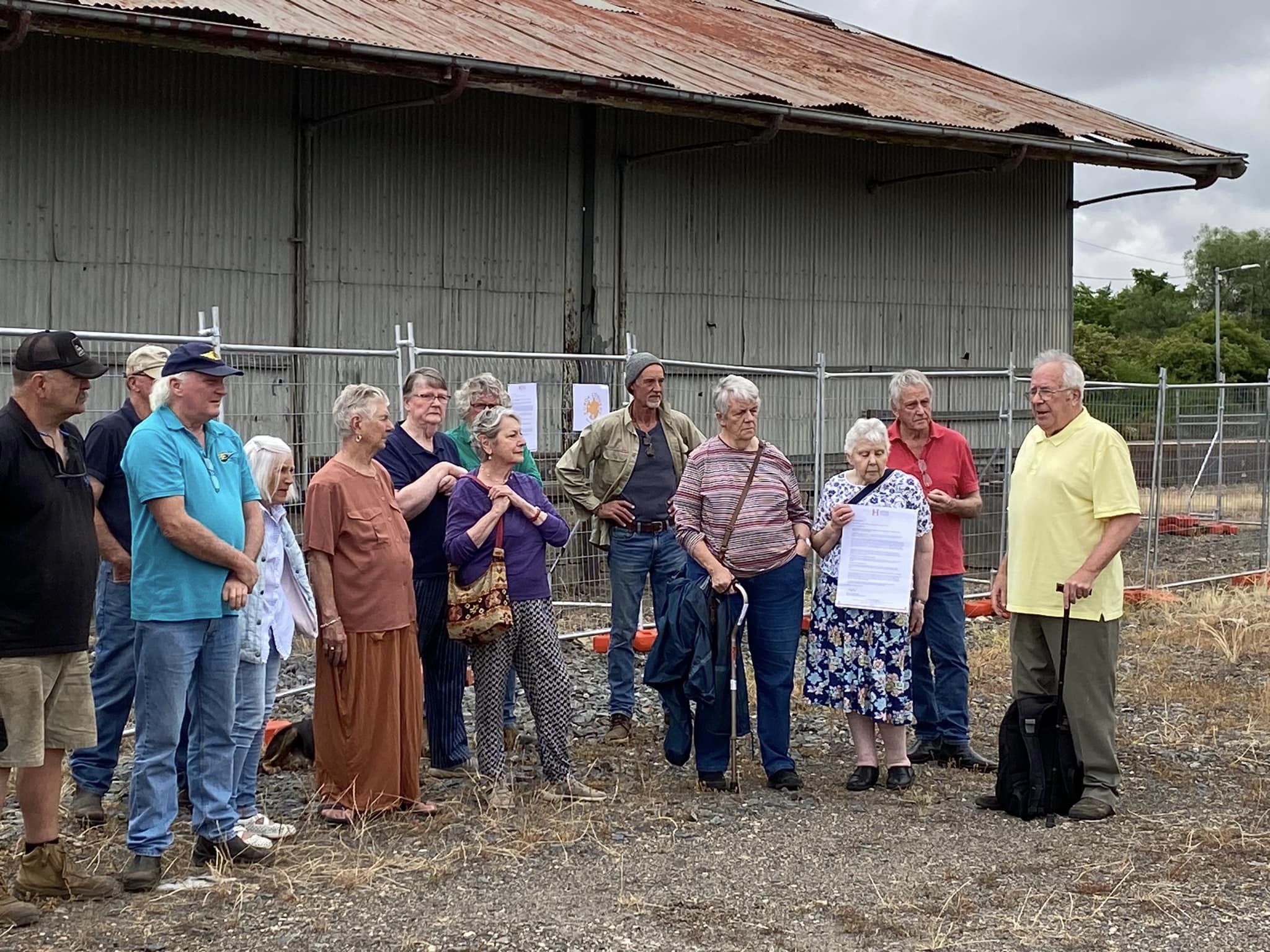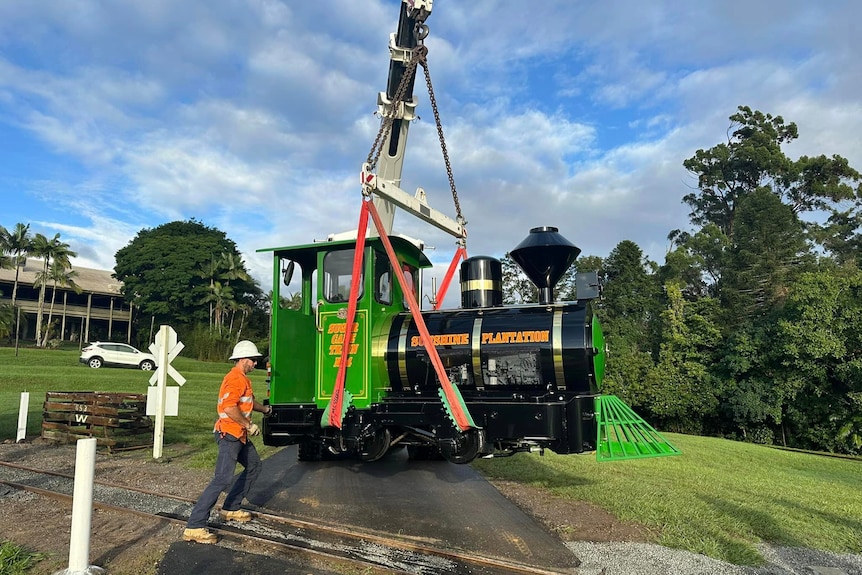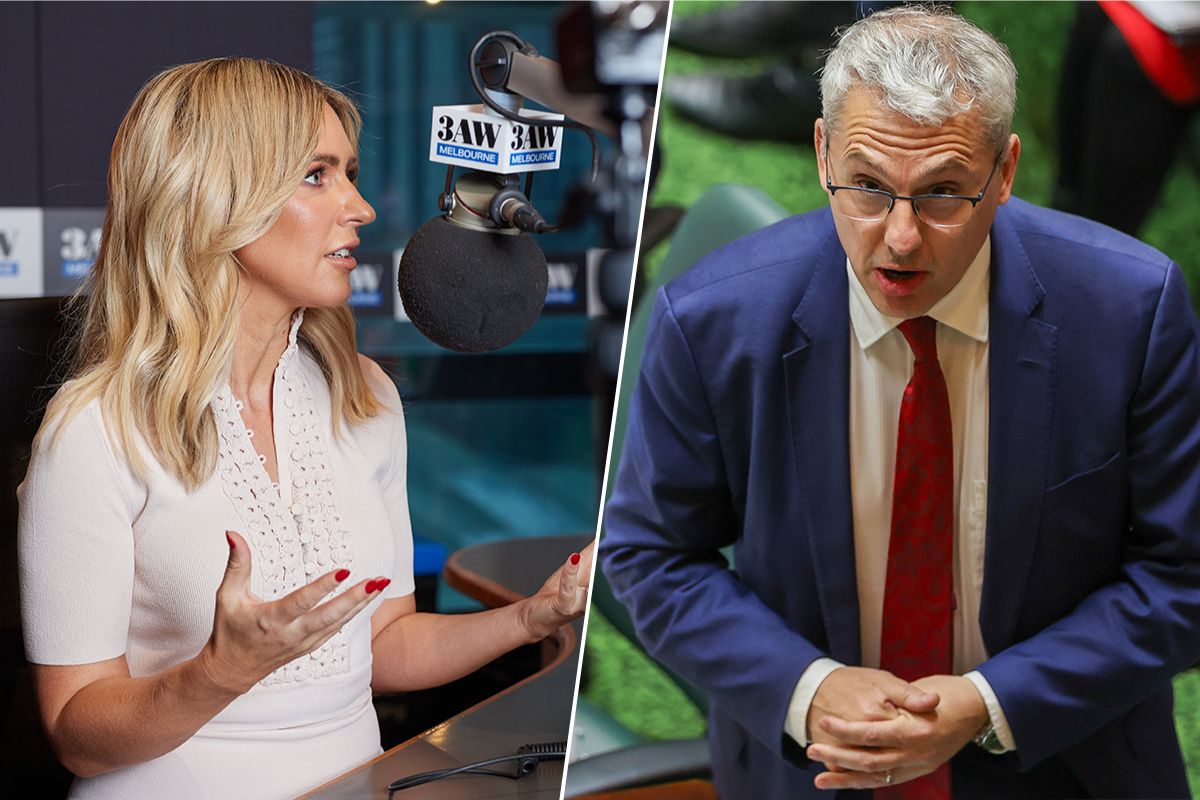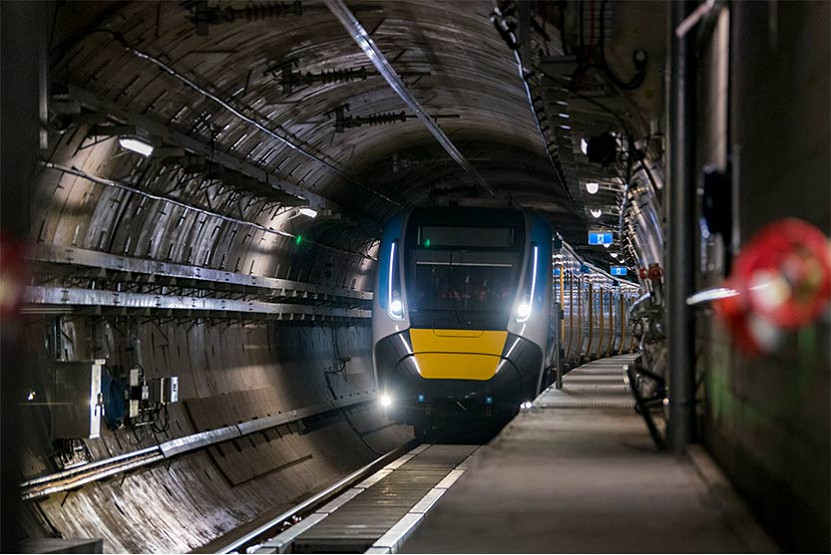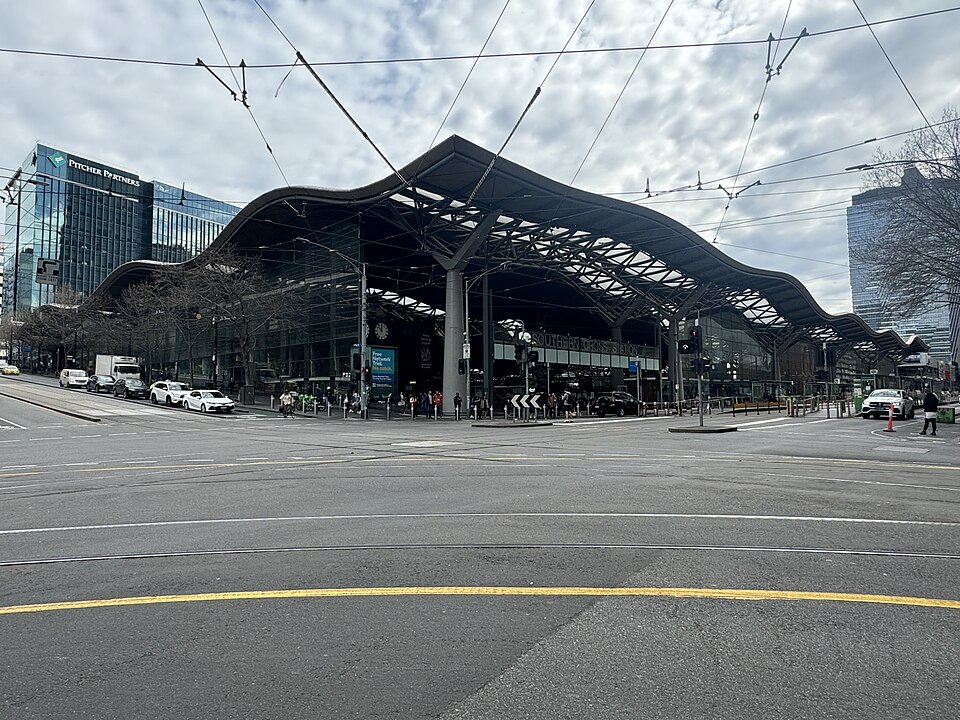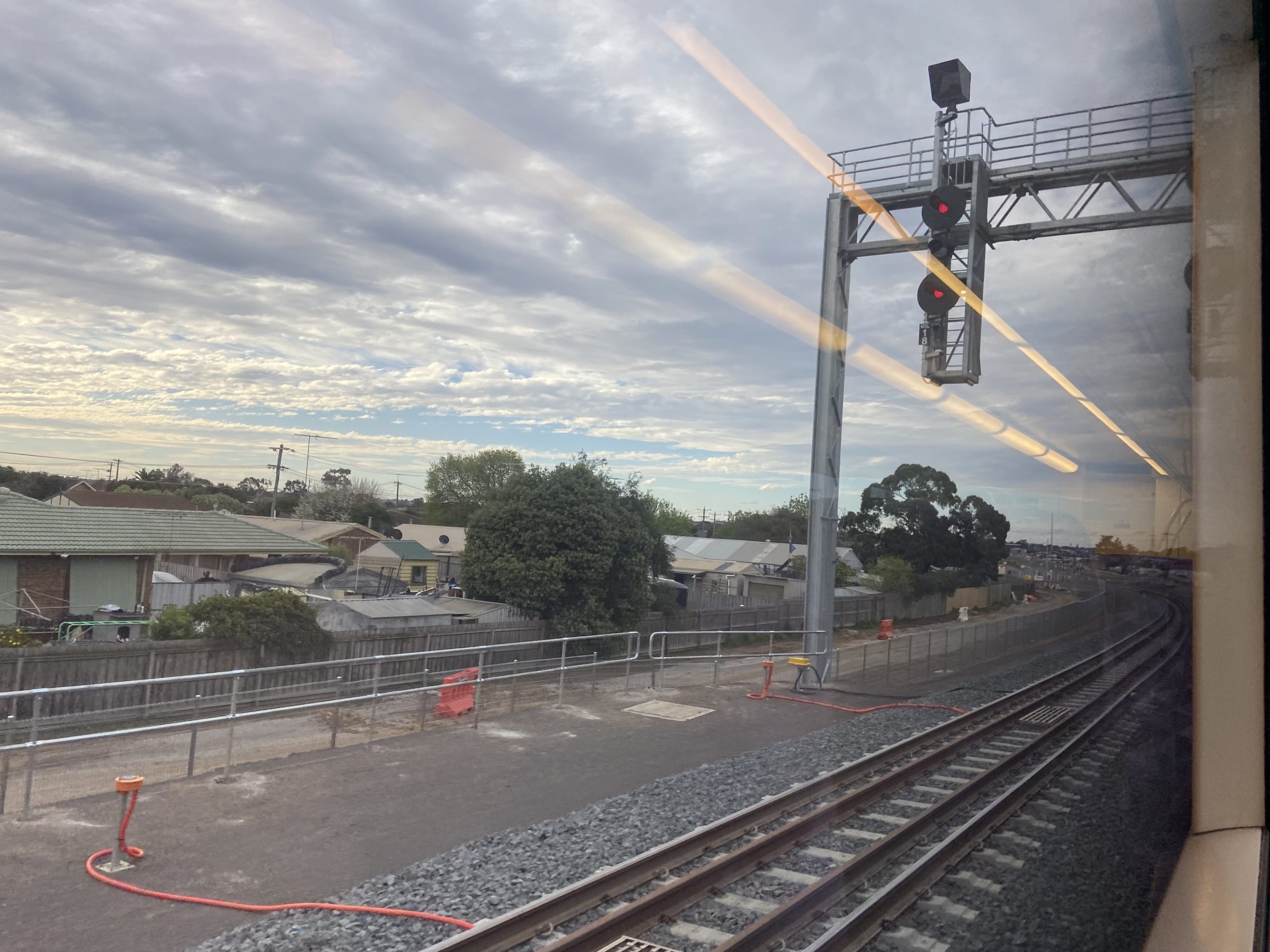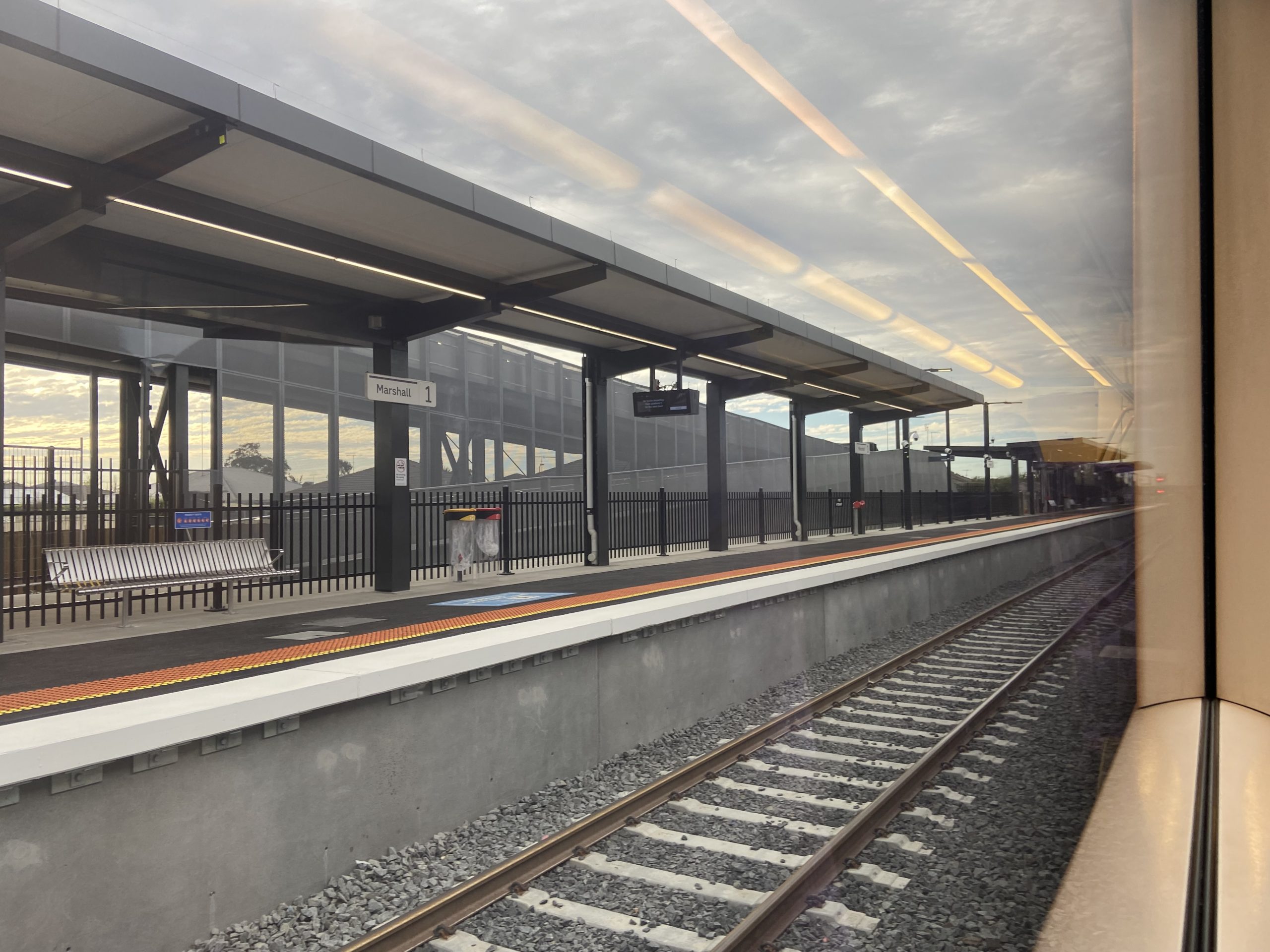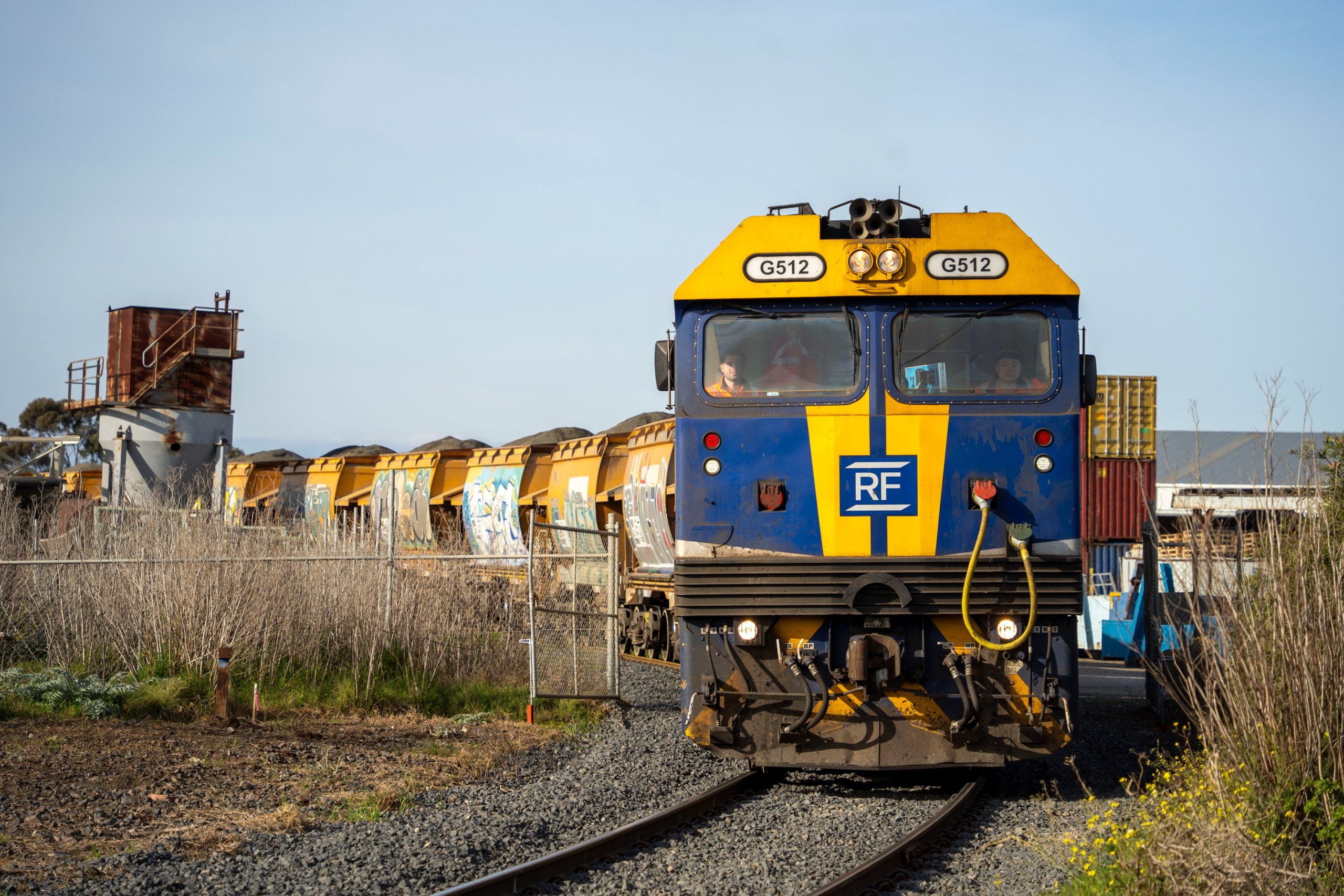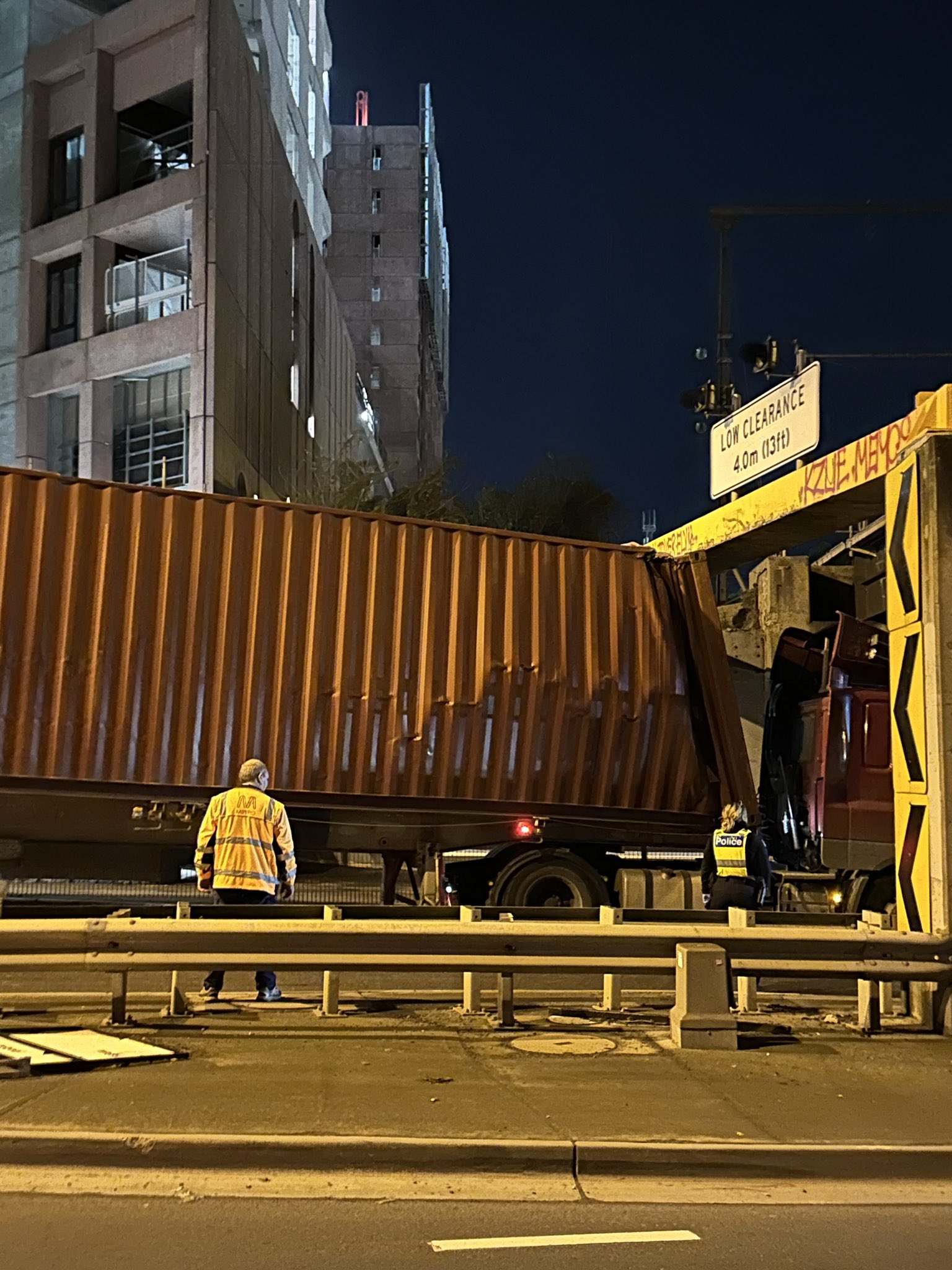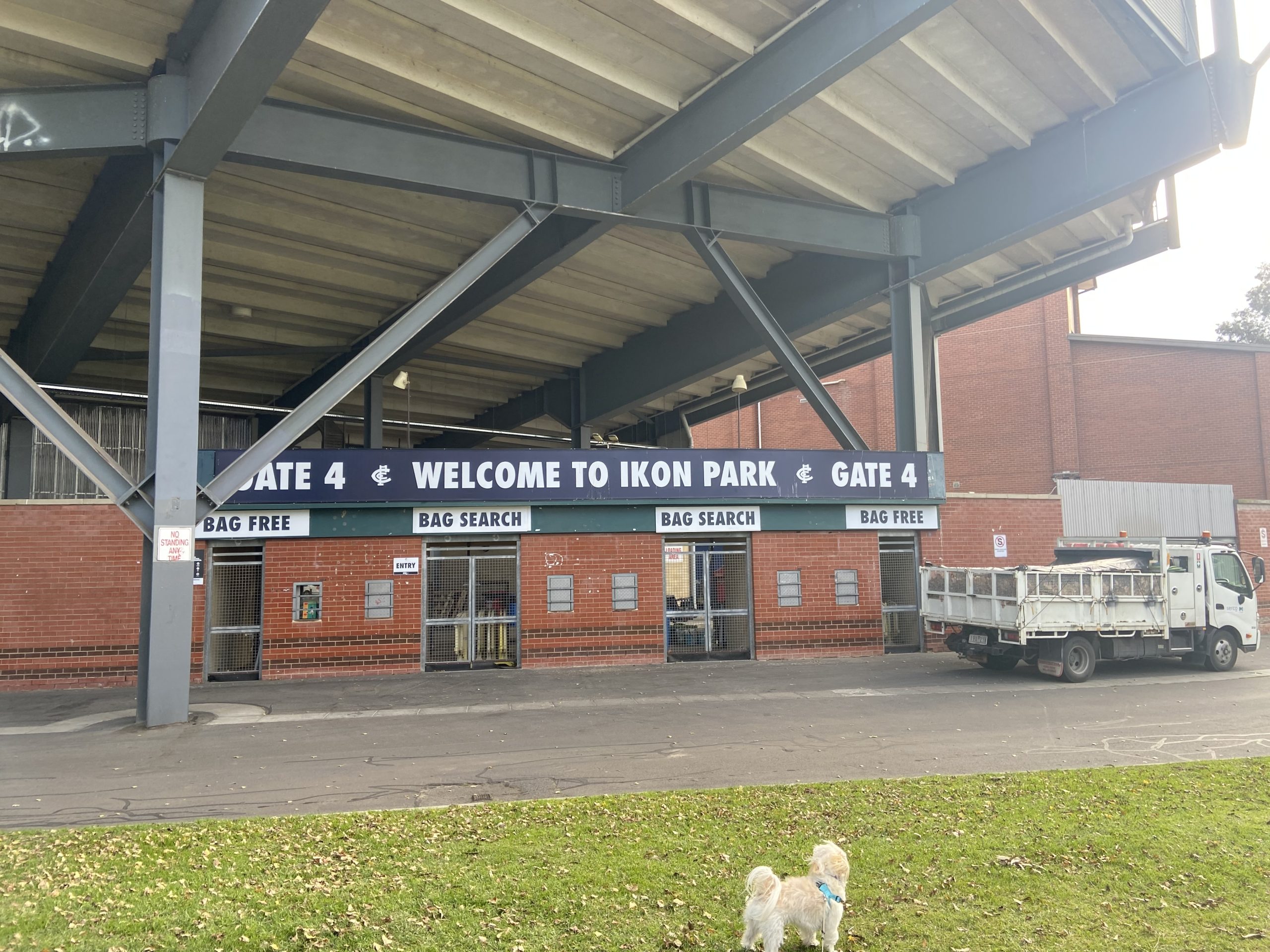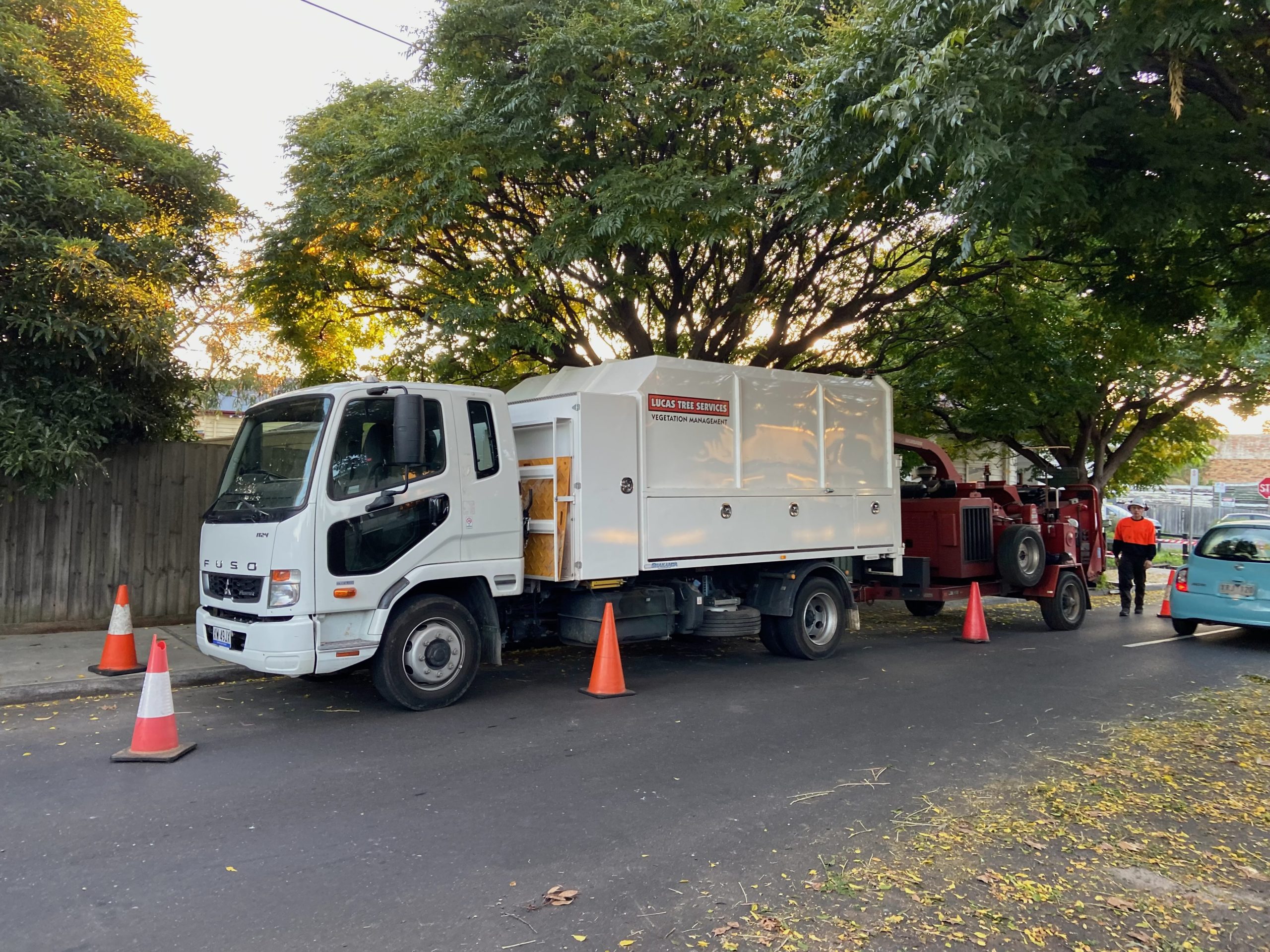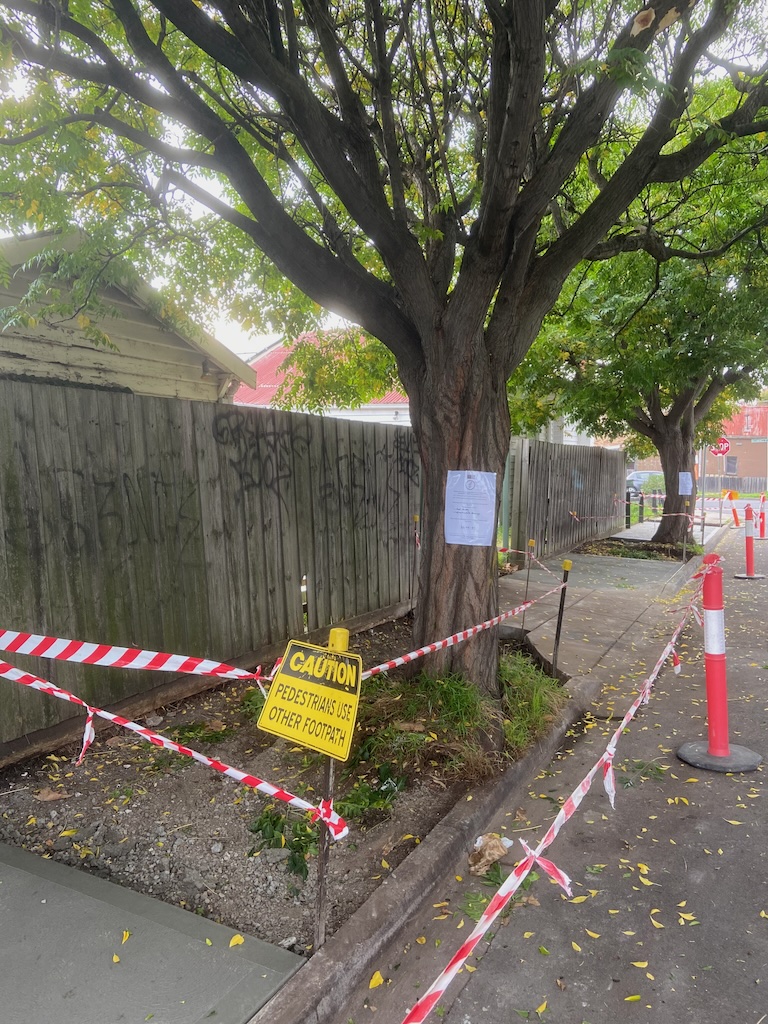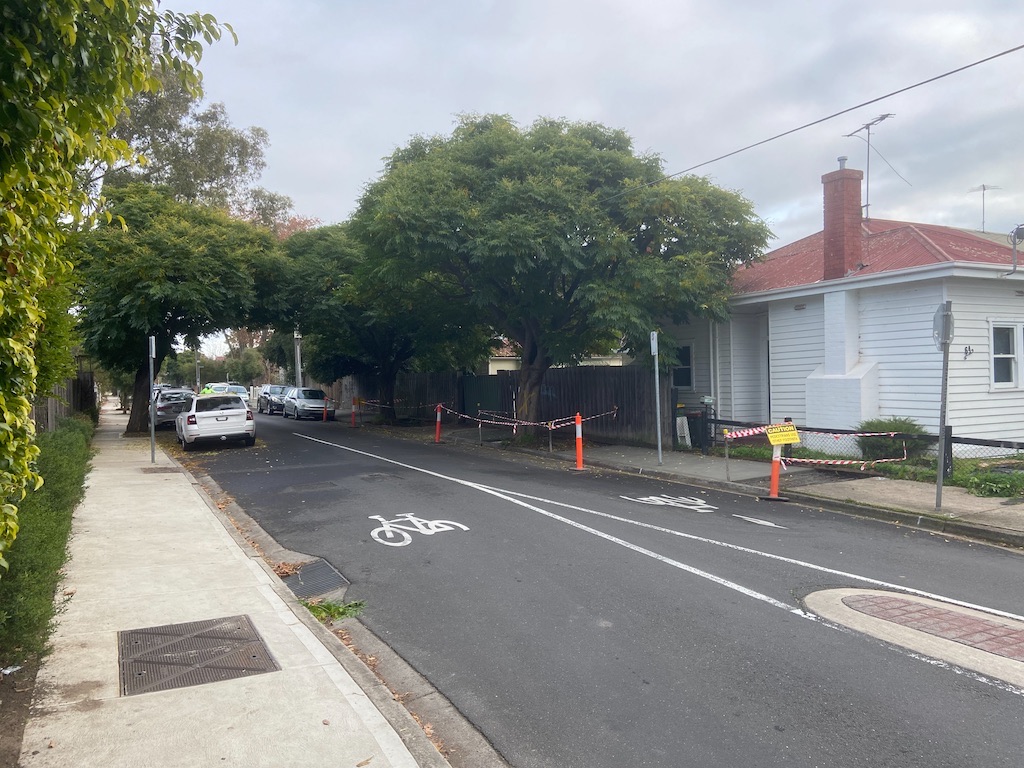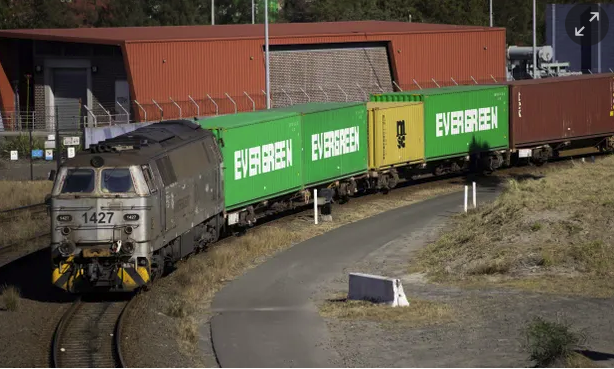The Rail and Road Pod Episode 24: Holding National Highways to Account
20 September 2024
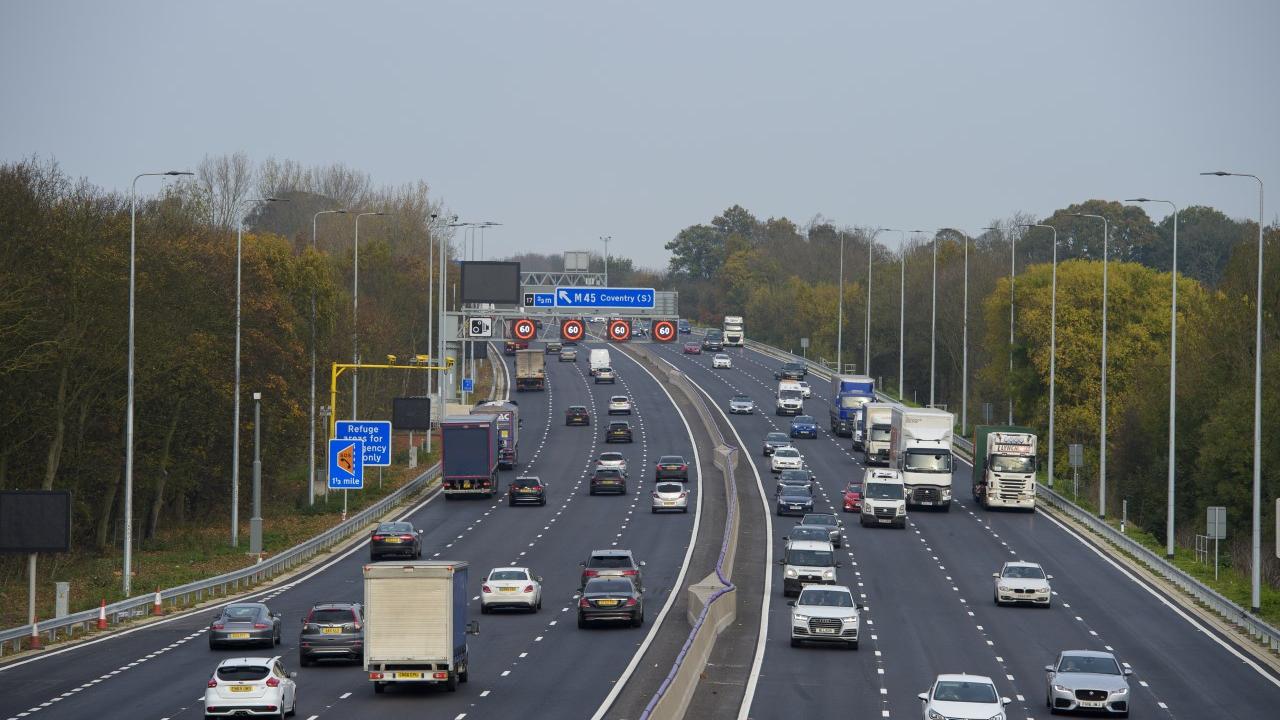
In this episode, we speak to Rachel Gittens, Deputy Director for Strategic Road Network at ORR and Iain Ritchie, Head of Highways Safety and Performance, to learn more about ORR’s annual assessment and investigation of National Highways.
Our annual assessments of National Highways are one of the key tools we use to hold the company to account on behalf of road users, taxpayers, and communities. We also recently concluded an investigation into National Highways performance and capability.
Contact us on podcast@orr.gov.uk
Transcript
Collapse accordion
Open accordion
Saj Chowdhury
Hello, I’m Saj Chowdhury, and welcome to the 24th edition of the Rail and Road Pod. Now, one of our key responsibilities at ORR is to scrutinise National Highways who maintain and upgrades the motorways and most A-roads in England. We hold it to account for its management of what is known as England’s strategic road network, including the company’s performance and financial National Efficiency. In this episode, Liam Hughes catches up with Rachel Gittens, Deputy Director for ORR’s Highways team, and Ian Richie, who’s the Head of Safety on the team, and asks them about the recent annual assessment of National Highways and also the findings of our investigation into the company’s performance, delivery, and capability. Before that, it’s time to review what’s been happening at ORR. Over this summer, we published four annual reports, Network Rail, Health and Safety, Consumer, and as mentioned, National Highways. We held our year-in-rail event for industry, where we reviewed our work during the business year and looked ahead. We also published a joint report with Transport Focus, which looked at the need to drive forward improvements for the welfare of passengers on stranded trains, and published our revised Managing Rail Staff Fatigue Guidance.
Saj Chowdhury
Now back to this episode. The benefits to road users from second road investment period for England’s strategic road network risk not being delivered in full, said the ORR in its recent summation of the investigation of National Highways of Performance. Here, Rachel Gittens and Iain Richie explain the need for that investigation, the key findings from this year’s annual report, and milestones for the future.
Liam Hughes
I’m here with Rachel Gittens, our Deputy Director for the Strategic Road Network, and Iain Richie, Head of Safety on the Highways team at ORR. Hello, both. Rachel For those that don’t know, do you mind telling us a bit more about what our role is on National Highways?
Rachel Gittens
Yeah, absolutely. The ORR is the Monitor of Performance and Efficiency for the Strategic Road Network, as well as the Independent and Economics and Safety Regular for written railways. We have quite a diverse role across the sector, but I think it’s fair to say that people are still probably more aware of our role in rail than in roads. So I think it’s always good to sometimes just take a little bit step back and why we were formed and under what legislation upon which we were established. Back in 2011, there was an assessment done to look at what improvements needed to made around the management of the strategic road network in England, to drive that economic growth, boost innovation, and give road use more for their money. From that, three pillars were put forward, and that were to adopt a long-term strategic planning approach. This is what we have these peer-reviews called Roads Investment Strategy. The creation of what is the strategic highways company who is responsible for operating, maintaining, and improving the network, and that’s National Highways. Then finally, they created two roles, and this was the Highways Monitor and Watchdog. Both of these have the intention to contribute to make more accountable, transparent, and customer-focused management of the network.
Rachel Gittens
Now, ORR have the role of what is termed in the act called the Highways Monitor. But actually, under that legislation, we have regulatory powers to hold National Highways to account in how it exercises its functions in the management of the strategic road network.
Liam Hughes
Thanks, Rachel. I know one of the core ways we hold National Highways to account is by regularly reporting on its progress and performance in our annual assessments. So that’s a big piece of reporting that sets our assessment of the company’s performance against the targets that it agrees with government. And it’s a big part of how we drive improvement at National Highways on behalf of road users and taxpayers. And so I think that’s a good time to bring you in, Ian. So I believe you led on our annual assessment this year?
Iain Ritchie
Yeah, thanks, Liam. Our annual assessment National Highways’ performance, it’s really the Highways team’s main publication of the year. And it’s where we pick up on all of National Highways’ performance in the year just gone and how well it’s done in delivering the commitments that have been set by government as part of the second road investment strategy. We use it to highlight ORR’s work in the past year in holding the company to account for delivering these commitments. We want to make sure it’s as fair as possible. We like to pick up on the successes that National Highways has had, as well as identifying areas where we think the company could or should improve on. As it covers everything that National Highways does, it’s a real team effort across the Highways team. Almost everybody’s involved in some way, whether that’s our engineering and financial experts assessing performance in these areas, our analysts talking about progress against key performance indicators, or people involved in the drafting and quality assurance of the processes. May, June, July, it’s a really busy period for the team as we finalise this report.
Liam Hughes
So it is a lot of work that goes into those reports, and I can imagine it would be very difficult to distil that into two or three key messages. But can you have a go at telling us what the key messages were for National Highways this year, and also stakeholders and government as well.
Iain Ritchie
Yeah, sure. So overall, I’d say that our annual assessment this year has a bit more of a cautionary tone, if you like, than in previous years, as overall, we consider that National Highways is at risk of not being able to fully deliver all of the expected benefits of the second road investment strategy for road users and taxpayers. And we think that’s due to a combination of factors that are both within and outside of National Highways’ control. Now, if I had to break down the annual assessment into three main themes, it would probably be something like this. So firstly, National Highway has performed well in some areas over the past year. It had four key performance indicators where they had in-year targets to meet, and it met three of these. It opened four enhancement schemes and it started work on another, and it’s forecasting to achieve its efficiency targets. So there’s lots of areas where we saw good performance from the company. But, and this is the second theme, in ORR, we had wider concerns about the company’s capability. During the year, we observed a decline in National Highways’ performance in some areas. There were several key performance indicators that we now consider to be at risk for the end of the road period.
Iain Ritchie
We saw an increasing number of missed capital commitments, and we have concerns about its renewals and maintenance programme. That’s what led us to launching an investigation into the company’s performance in February of this year. And the third theme for our annual assessment is that there are some mitigating factors that we can point to that underlie some of this performance that we’ve seen National Highways has had to deal with high levels of uncertainty in the past year, and these are often factors that are outside of the company’s control.
Liam Hughes
Thanks, Iain. And you mentioned the investigation – in my reading of the annual assessment, it flows through every section of it. Rachel, I was wondering if you could tell us a bit more about why we launched the investigation and what we found and the main findings from that.
Rachel Gittens
Yeah, absolutely. So as Iain stated, is that I think we can step back and we said over the past nine years, we have seen that National Highways have generally been successful in achieving its aims and delivering for road users, taxpayers, and communities. But through the year, what we started to see was a continued dip in performance. Risks that we identified in our previous annual assessment around asset management and capital delivery have materialised. When we take a step back, we make sure we’re really proportionate on our approach. While each individual item of concern was potentially manageable, it was really the number and breadth of concerns and the proximity to the end of the road period that meant that we felt we need to take a more formal approach to overseeing and understanding National Highways’ performance. That led us launching the investigation back in February. The intention of that was to gain a common understanding of what was the cause of that current dip in performance, and also what can the company reasonably achieve in the remaining months of the road period, and also to help inform appropriate of performance commitments for the next road period. National Highway really positively engaged with the investigation.
Rachel Gittens
They provided additional information to us. We held interviews with them. We’re really thankful that they took such a positive and proactive approach. After quite an intensive process, based on the evidence that the company submitted and the representations that they made, we did, unfortunately, find the company was non-compliant with its licence in respect to the provision of data and information to allow us to perform our statutory duties. So I think it’s probably worth pointing out why is that important and how can that improve National Highways performance? We said we launched it because of a concern around their performance. This is, again, coming back to what our role is. Our role is to drive improvements in performance of National Highways for the benefit of road users, communities, and the taxpayers. Therefore, it’s imperative that we have access to the necessary data and information to enable us to fulfil our role to provide timely and well-evidenced advice to the Secretary of State. And also really, really key for us is transparency to the public about the performance and efficiency of the company. So what we expect from these improvements is that it’s timeliness and the detail information that the company will provide us and improve will help to better understand, not just for us, but for them, the risks that they are having to deal with, the mitigating actions that they are or need to implement in order to meet its risk commitments at the end of March 2025, and also ensuring it is effectively delivering its licence obligations.
Liam Hughes
So looking at these two major pieces of work, the annual assessment with Iain, as you said, the more cautionary tone and the investigation outcome, which Rachel you said we found that National Highways was not compliant with its licence in one area. What are the next steps for ORR, for National Highways moving forward on these pieces of work?
Rachel Gittens
I think there are two things going forward, and this is very much linking from both the investigation and the annual assessment that are important for National Highways to ensure that it can deliver the benefits that it is required to or set out in RIS. First of all, like Ian mentioned in the annual assessment, we also did call out that there were decisions that were held up as a result of the general election. One of the really key things is that National Highways really needs that certainty. To know exactly what its funding is and what it is required to deliver so that it can effectively allocate its resources and funding accordingly. But alongside that, they must also be able to show how they are doing all that they can and making positive improvements and movement towards achieving its commitments. That really comes down that quality of evidence. That’s one of the things that we will definitely be focusing on is in the time of a challenging year, there’s been a challenging fiscal environment, are National Highways able to demonstrate through robust evidence that they are effectively prioritising and allocating spending of public money to achieve positive benefits for road users and taxpayers?
Iain Ritchie
One thing I would say as well is that our annual assessment didn’t include a lot of detail on National Highways’ Safety Performance. A reason for that is that we publish a separate report of safety performance on the SRN later in the year. That’s currently planned for around February 2025.
Liam Hughes
Thanks, Iain and thanks, Rachel. So two major pieces work out the door, and one upcoming in our annual safety report. Thank you both very much for taking the time to speak to us.
Rachel Gittens
Thank you very much. Thanks.
Saj Chowdhury
Thank you, Liam, Rachel, and Iain. That’s all for this podcast. Remember, you can find out more about our highways duties and also our other work by visiting orr.gov.uk and of course, you can follow us on our social channels, including X, formerly Twitter, LinkedIn, and YouTube. Thank you for listening.










